Themed collection Machine learning and artificial neural networks in chemistry

Small steps towards the development of chemical artificial intelligent systems
Chemical artificial intelligent systems to face the challenges of complexity.
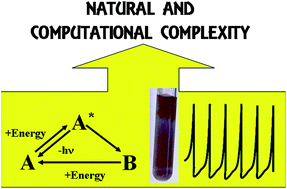
RSC Adv., 2013,3, 25523-25549
https://doi.org/10.1039/C3RA44657C
Development of a 3D QSPR model for adsorption of aromatic compounds by carbon nanotubes: comparison of multiple linear regression, artificial neural network and support vector machine
Adsorption coefficients of 39 aromatic compounds onto multi-walled carbon nanotubes have been compiled.
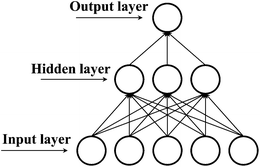
RSC Adv., 2013,3, 23924-23934
https://doi.org/10.1039/C3RA43599G
Predictive methods for the estimation of thermophysical properties of ionic liquids
Review on predictive models for the estimation of thermophysical properties of ionic liquids with a critical assessment of the quality of the models and their areas of applicability.
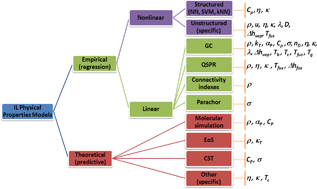
RSC Adv., 2012,2, 7322-7346
https://doi.org/10.1039/C2RA20141K
Development of a neuron model based on DNAzyme regulation
The neuron model regulated by DNAzymes is simple to construct and possesses strong scalability, having great potential for use in the construction of large neural networks.

RSC Adv., 2021,11, 9985-9994
https://doi.org/10.1039/D0RA10515E
Adsorption of dicamba and MCPA onto MIL-53(Al) metal–organic framework: response surface methodology and artificial neural network model studies
Rapid equilibration within a short time, high adsorption capacity, optimization, multivariate interaction of adsorption parameters and artificial neural network prediction model.

RSC Adv., 2020,10, 43213-43224
https://doi.org/10.1039/D0RA07969C
Local structure order parameters and site fingerprints for quantification of coordination environment and crystal structure similarity
Structure characterization and classification is frequently based on local environment information of all or selected atomic sites in the crystal structure.
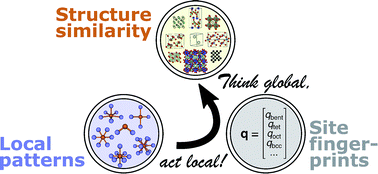
RSC Adv., 2020,10, 6063-6081
https://doi.org/10.1039/C9RA07755C
QSAR modeling of the toxicity classification of superparamagnetic iron oxide nanoparticles (SPIONs) in stem-cell monitoring applications: an integrated study from data curation to model development
Development of a novel QSAR model for the prediction of toxicity of superparamagnetic iron oxide nanoparticles (SPIONs) in stem-cell monitoring applications.
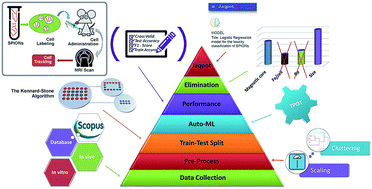
RSC Adv., 2020,10, 5385-5391
https://doi.org/10.1039/C9RA09475J
Effects of cooling rate on structural relaxation in amorphous drugs: elastically collective nonlinear langevin equation theory and machine learning study
Theoretical approaches are formulated to investigate the molecular mobility under various cooling rates of amorphous drugs.
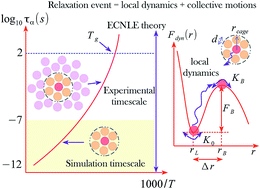
RSC Adv., 2019,9, 40214-40221
https://doi.org/10.1039/C9RA08441J
Application of ANN modeling techniques in the prediction of the diameter of PCL/gelatin nanofibers in environmental and medical studies
A new tool for prediction the diameter of nanofibers is presented: the use of adaptive modeling techniques to predict fiber diameter and study the impact of electrospinning process parameters on electrospinning fiber diameter.
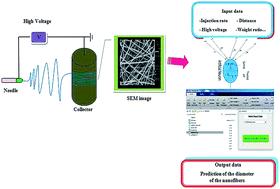
RSC Adv., 2019,9, 24858-24874
https://doi.org/10.1039/C9RA04927D
Modifying the microstructure of algae-based active carbon and modelling supercapacitors using artificial neural networks
An artificial neutral network has been applied to predict the specific capacitance of biomass-carbon supercapacitors.

RSC Adv., 2019,9, 14797-14808
https://doi.org/10.1039/C9RA01255A
Variety identification of oat seeds using hyperspectral imaging: investigating the representation ability of deep convolutional neural network
The excellent representation ability of deep spectral features enables hyperspectral imaging combined with deep convolutional neural network to be a powerful tool for large-scale seeds detection in modern seed industry.

RSC Adv., 2019,9, 12635-12644
https://doi.org/10.1039/C8RA10335F
Machine learning algorithms enhance the specificity of cancer biomarker detection using SERS-based immunoassays in microfluidic chips
Machine learning algorithms enhance the specificity of cancer biomarkers detection using SERS-based immunoassays.

RSC Adv., 2019,9, 1859-1868
https://doi.org/10.1039/C8RA08930B
Application of DFT-based machine learning for developing molecular electrode materials in Li-ion batteries
In this study, we utilize a density functional theory-machine learning framework to develop a high-throughput screening method for designing new molecular electrode materials.
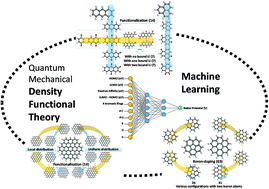
RSC Adv., 2018,8, 39414-39420
https://doi.org/10.1039/C8RA07112H
A machine learning approach towards the prediction of protein–ligand binding affinity based on fundamental molecular properties
There is an exigency of transformation of the enormous amount of biological data available in various forms into some significant knowledge.

RSC Adv., 2018,8, 12127-12137
https://doi.org/10.1039/C8RA00003D
Machine-learning prediction of the d-band center for metals and bimetals
The d-band centers for eleven metals and their pairwise bimetals for two different structures (1% metal doped- or overlayer-covered metal surfaces) are statistically predicted using machine learning methods from readily available values as descriptors for the target metals.
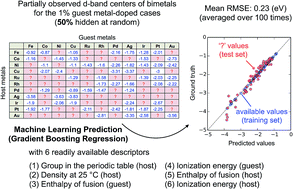
RSC Adv., 2016,6, 52587-52595
https://doi.org/10.1039/C6RA04345C
Statistical experimental design, least squares-support vector machine (LS-SVM) and artificial neural network (ANN) methods for modeling the facilitated adsorption of methylene blue dye
This study is based on the usage of a composite of zinc sulfide nanoparticles with activated carbon (ZnS-NPs-AC) for the adsorption of methylene blue (MB) from aqueous solutions.
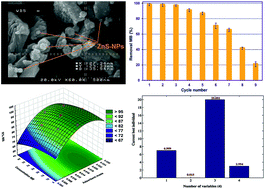
RSC Adv., 2016,6, 40502-40516
https://doi.org/10.1039/C6RA01874B
Optimization of the process parameters for the adsorption of ternary dyes by Ni doped FeO(OH)-NWs–AC using response surface methodology and an artificial neural network
The present study deals with the simultaneous removal of chrysoidine G (CG), rhodamine B (RB) and disulfine blue (DB) by Ni doped ferric oxyhydroxide FeO(OH) nanowires on activated carbon (Ni doped FeO(OH)-NWs–AC).
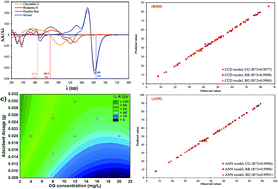
RSC Adv., 2016,6, 19768-19779
https://doi.org/10.1039/C5RA26036A
Discovery of neuroprotective compounds by machine learning approaches
The classification models were constructed to discover neuroprotective compounds against glutamate or H2O2-induced neurotoxicity through machine learning approaches.
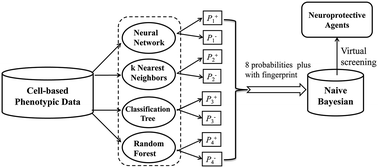
RSC Adv., 2016,6, 9857-9871
https://doi.org/10.1039/C5RA23035G
Ternary dye adsorption onto MnO2 nanoparticle-loaded activated carbon: derivative spectrophotometry and modeling
MnO2 nanoparticle-loaded activated carbon (MnO2-NP-AC) as an efficient, environmental friendly and cost-effective adsorbent was synthesized and characterized using different techniques such as FE-SEM, EDX, XRD, BET and FTIR.

RSC Adv., 2015,5, 72300-72320
https://doi.org/10.1039/C5RA10815B
Experimental design and machine learning strategies for parameters screening and optimization of Hantzsch condensation reaction for the assay of sodium alendronate in oral solution
An experimental design was adopted to attain the optimum reaction parameters of chemical derivatization of anhydrous sodium alendronate in an oral solution formula via Hantzsch condensation reaction.
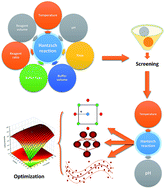
RSC Adv., 2015,5, 6385-6394
https://doi.org/10.1039/C4RA12750A
About this collection
We are very pleased to present our 10th Anniversary collection on machine learning and artificial neural networks in chemistry!
Looking back over the last 10 years, we would like to showcase some of the very best articles that have been published in RSC Advances. Many of these papers have been cited hundreds of times, providing valuable advances for further research, and some continue to be among the journal’s most downloaded articles as of today.
We hope you enjoy our 10th Anniversary collection on machine learning and artificial neural networks in chemistry!